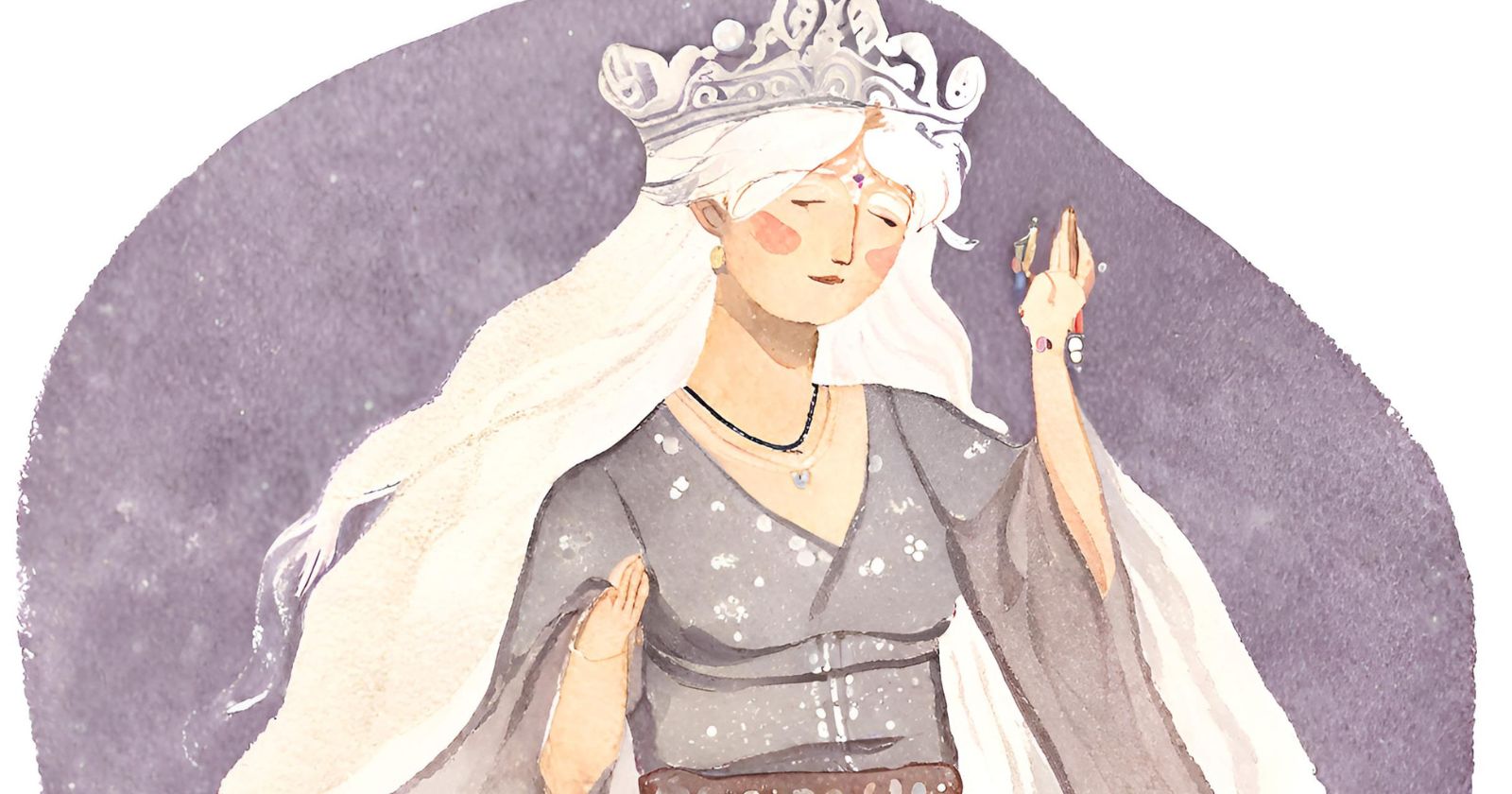Nyi Roro Kidul – Goddess of Oceans and Rebirth
Attributes: Goddess of the ocean, rebirth and fertility, spiritual consort of the sultanSymbols: Maritime themes and green colourPlace: Indonesia Nyi Roro Kidul, also called Nyai Loro Kidul or Eyang (grandmother), is a deity known as Queen of the Southern Ocean of Java (Indian Ocean, south of Java Island) in Javanese and Sundanese mythologies. According to …
